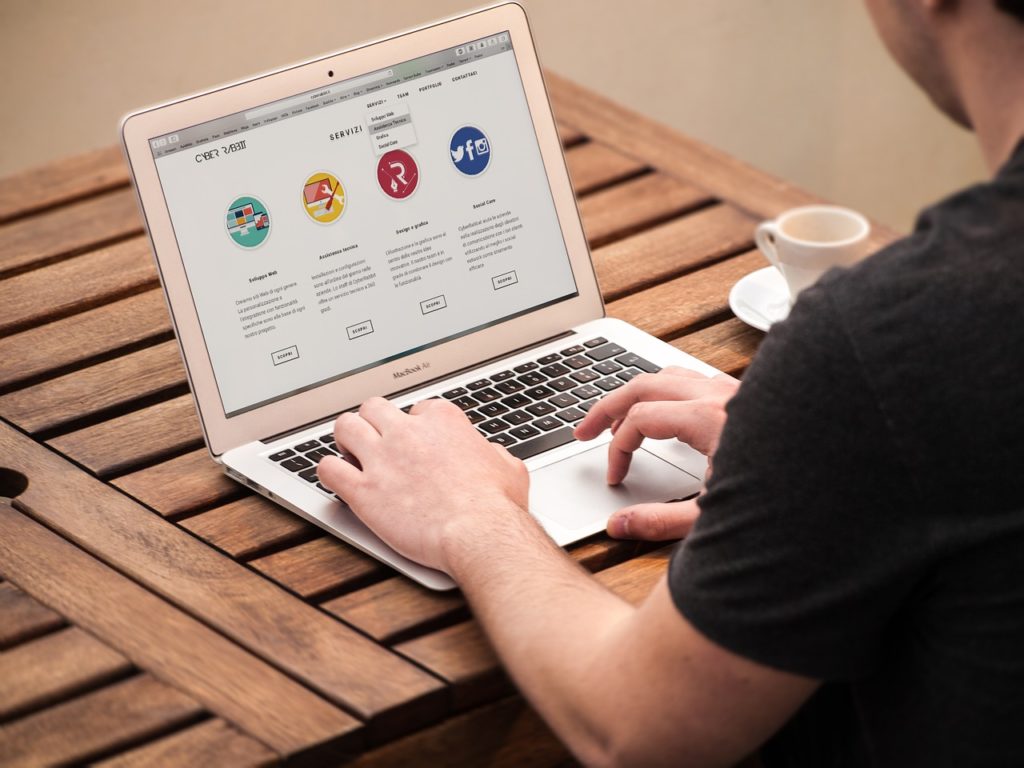Getting several visitors to your website and have them browse through different pages is likely one of your top goals. Utilizing accessibility in web design should help boost the number of people who engage with your content. It makes it easier for individuals with disabilities to consume information on your site. These disabilities might include:
– Hearing impairment
– Vision problems
– Motor skill challenges

Ensuring you include color contrast, identifiable links and descriptive alt text for images will make it possible for people with disabilities to navigate your site and find value.
Table of Contents
Creating Color Contrast
A critical aspect of creating an accessible web design is making sure you have high color contrast. This concept refers to the difference in tone when you are using two different colors. Placing white and black colors on a page creates a high contrast, whereas you’ll have a lower contrast by using colors like white and yellow. Using high contrast is essential for navigation bars, buttons or drop-down menus. Distinguishing them from your background color helps provide the visual clues required for visitors to navigate easily. We always recommend building your website by a professional web designer like Cude Design.
Use More Than One Color to Identify Links
Changing the text’s color inside your content should be completed so that it’s incredibly apparent you’ve included a hyperlink. As your visitors read through each page, they will look for visual indicators, such as links, to other resources. Identifying links using color with high contrast compared to the background color and text color may not be enough of a visual clue for some individuals who may be colorblind. Underlining the hyperlink to make it stand out will help increase accessibility by highlighting each link.
Staying Digitally Compliant
If you’re running an eCommerce store and use Shopify, another way to ensure you’re staying accessible is by utilizing a Shopify accessibility software solution. It can help you stay compliant by using just a line of code and looking for errors. You’ll know if you have any accessibility issues when adding new content as the software monitors your site 24/7. The dashboard provided helps you identify and fix WCAG errors with the assistance of an outsourced team.
Button Design
Buttons are an important way to help your visitors navigate through your site. Using high contrast colors for buttons that make them distinguishable from the background is helpful. You’ll also want to make sure that they include high contrast text that explains what a user will get by clicking on the button.
Include Descriptive Alt Text for All Images
Using alternative text to give a brief description of a video or image is another way to facilitate a more accessible web design. Alt text can assist individuals with visual challenges as it can be read aloud by screen readers. It can also pop up in place of an image if the image doesn’t load properly, which can help everyone. It works by describing the object, person or activity appearing in the video or photo.
Taking the time to make your website accessible can be extremely helpful to individuals with disabilities. They’ll be able to consume your content easier, which gives you a chance to receive another sale or subscriber.

